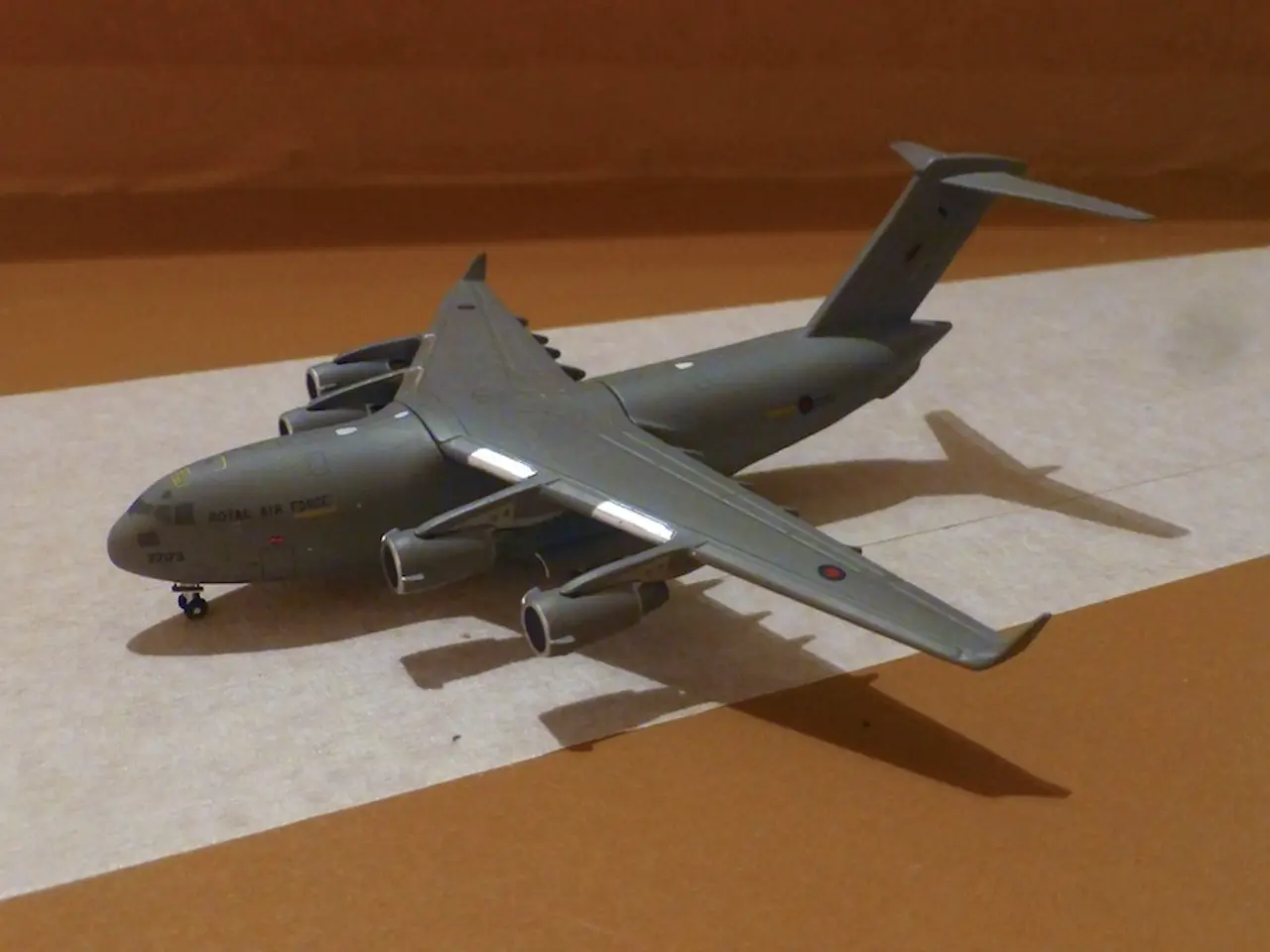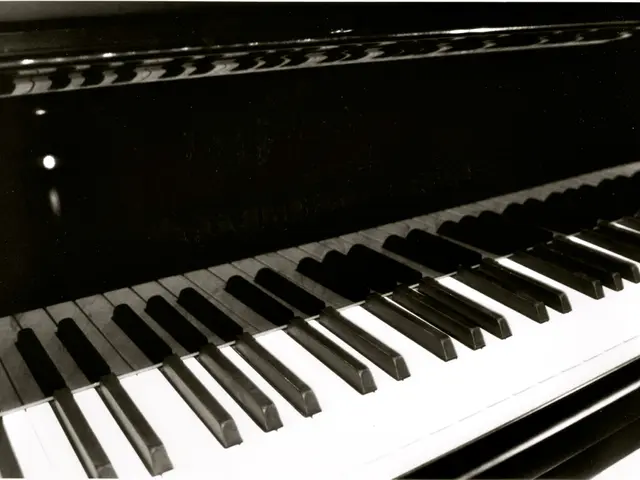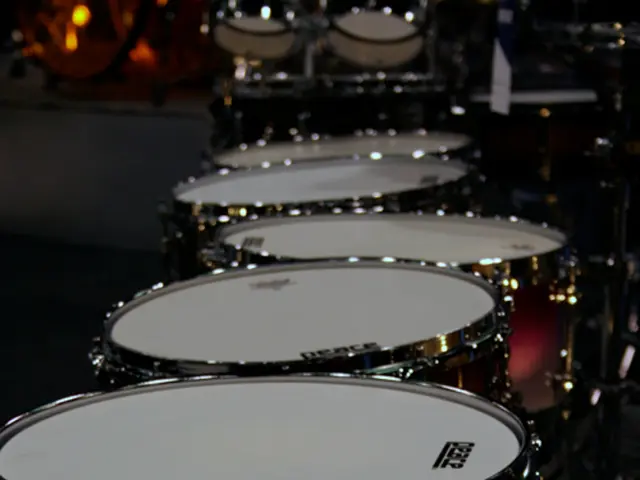Drone Competition Bears Resemblance to Robotic Quidditch in Schools; Examining the Involvement of Educators
Drone soccer, a captivating sport that combines technology and teamwork, has been making waves in schools across the United States. Originating in South Korea in 2014, the sport has grown exponentially over the past two and a half years, with the U.S. joining the international fray.
In a nutshell, drone soccer involves teams controlling drones enclosed in protective carbon fiber shields, aiming to score goals by flying through opponents' goals in short matches. Each match consists of three sets, with students on each team piloting drones that fly about 3 meters off the ground within a "drone arena" measuring approximately 20m x 10m, either indoors or outdoors.
The U.S. Drone Soccer organization plays a significant role in promoting the sport, with programs now available at over 240 schools across the country. This initiative is not just about fun and games; drone soccer supports a variety of STEM skills in students, helping prepare them for potential future careers in the aeronautics industry.
Drone soccer can lead to various STEM-related opportunities, including obtaining a drone license and career readiness in the drone industry. In fact, as drone technology continues to advance, more jobs are becoming available for drones, making drone soccer a practical sport and activity for kids to get involved with.
One of the key benefits of drone soccer is its ability to encourage diversity and inclusivity in STEM education. Organizations such as Michelin Inflatable Solutions partner with U.S. Drone Soccer to support this initiative, providing educators across the U.S. with portable, lightweight, and easy-to-transport inflatable drone arenas.
Dr. Robert Mayben, a technology in motion specialist at The University of Alabama/University of West Alabama Inservice Center, is one such educator who has embraced drone soccer. He uses the sport as part of his role, recognizing its potential to engage both educators and students.
For educators interested in starting a drone soccer program, resources are available through DroneSoccer.us. This platform offers PD (Professional Development) and guidelines for finding a space for the inflatable drone arena, making it easier for schools to get involved.
In conclusion, drone soccer is a fascinating and rapidly growing sport that offers numerous benefits for students, schools, and the broader STEM community. With its origins in South Korea in 2014 and its increasing popularity in the U.S., it's clear that drone soccer is here to stay.
[1] Source: International Drone Soccer Association
- Students can enhance their STEM skills through drone soccer, a sport promoting professional development and preparing them for future careers in the aeronautics industry.
- As drone technology advances, more careers in the drone industry are becoming available, making drone soccer a practical and beneficial activity for students.
- Drone soccer encourages diversity and inclusivity in STEM education, with organizations such as Michelin Inflatable Solutions providing portable, lightweight, and easy-to-transport inflatable drone arenas to educators across the U.S.
- Interested educators can find resources for implementing drone soccer programs, including Professional Development and guidelines for setting up the inflatable drone arena, through the DroneSoccer.us platform.




